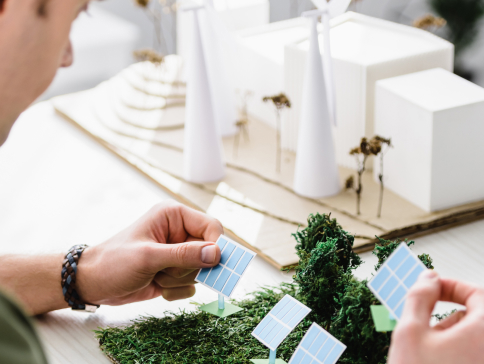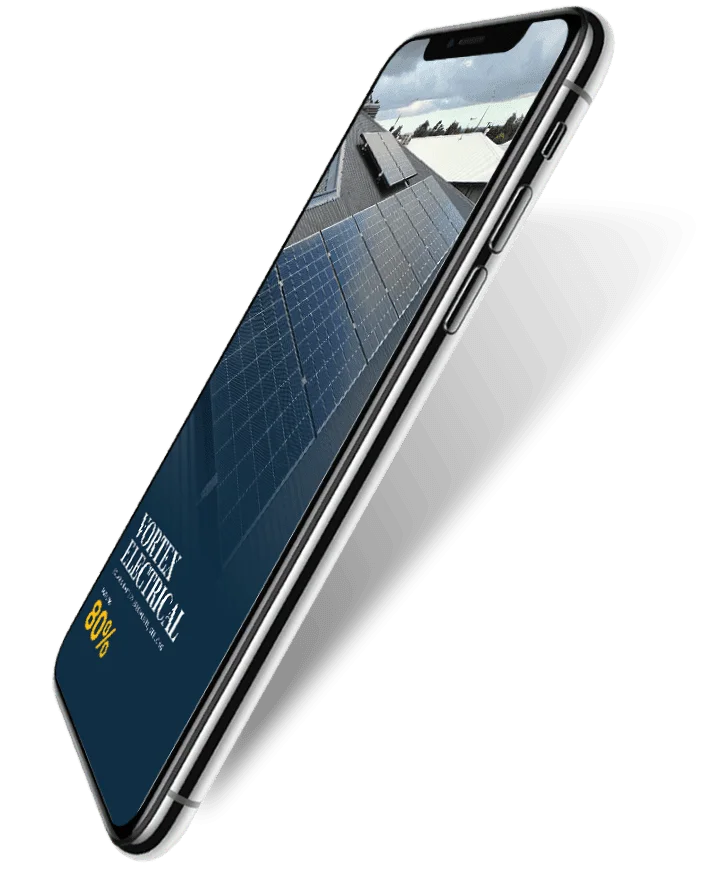HOW SOLAR PANEL WORKS
- Home
- HOW SOLAR PANEL WORKS
HOW SOLAR PANEL WORKS
- SOLAR PANEL EXPLAINED
Most Australians are connected to the National Electricity Grid, a network of electric cables and transformers that links power generating stations to your home.
A Grid-Connect Solar Photovoltaic (PV) System acts as a mini power station on your roof, feeds power to your home, and surplus power back to the grid.
Solar systems generally consist of solar panels, an inverter and a metering system.


Solar cells are produced from thin wafers of silicon. When light falls on the cells an electric current is produced. A collection of solar cells connected together forms a module.
You will need an inverter to convert the direct current (DC) power collected by the solar panels into power for your home, or power to send back to the electricity grid. It can be placed inside or outside your home and can give you information about the amount of electricity being produced by your system. Larger systems may require more than one inverter.
You still need to be connected to the electricity grid to ensure that you have electricity at night time when no solar power energy is being collected. A meter will also enable you to sell back excess electricity. Most premises have had a digital smart meter installed as part of the Government roll-out. The smart meter will be configured post-installation to enable excess electricity to be sold back to the grid.
For safety reasons, when your electricity supply from the grid is interrupted, your solar PV system must automatically and immediately turn off.


- Rachael Haynes / Business Owner
